
Enhance Safety with Tactile Paving Strips
Tactile paving strips are essential for guiding visually impaired individuals safely through public spaces. Our range of tactile strips includes stainless steel, brass, aluminum, and polyurethane options, each designed to offer durability, aesthetic appeal, and superior slip resistance. Stainless steel strips provide long-lasting performance and easy maintenance, while brass strips combine elegance with corrosion resistance. Aluminium strips offer a cost-effective yet reliable solution, and polyurethane strips allow for customizable colors and enhanced anti-slip properties. Whether you're enhancing safety in sidewalks, transportation hubs, or public buildings, our tactile paving strips ensure accessibility for all.
Product Center
Welcome to Tactile Navigation Solutions! We specialize in providing high-quality tactile paving strips designed to enhance safety and accessibility for the visually impaired in public spaces. Our tactile strips offer reliable guidance, durability, and anti-slip performance—ideal for creating inclusive environments in any urban setting.
Advantages Of Tactile Strip
Our tactile paving strips are designed to enhance accessibility and safety for visually impaired pedestrians in public spaces. They offer clear directional guidance and tactile warnings, ensuring secure navigation in various environments.

Safety & Accessibility
Our tactile strips offer reliable guidance and anti-slip surfaces to assist visually impaired individuals. Designed to meet international safety standards, they enhance pedestrian safety and support inclusive urban design across public infrastructure projects.
Durability & Weather Resistance
Crafted from stainless steel, brass, aluminum, or polyurethane, our tactile strips are corrosion-resistant and built to endure high foot traffic and extreme outdoor conditions—ensuring long-lasting performance with minimal wear.
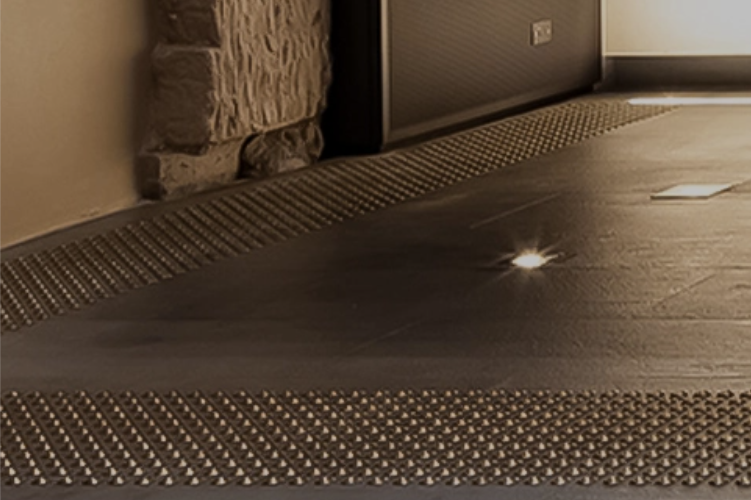
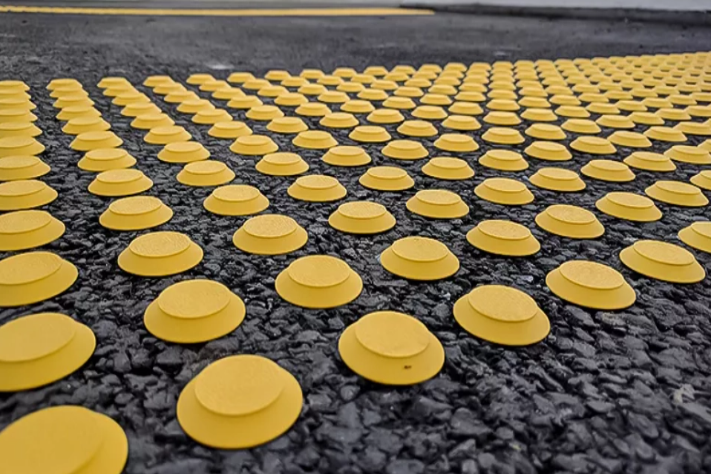
Aesthetic Flexibility & Easy Maintenance
Featuring clean, modern lines and multiple material choices, our tactile strips complement any architectural style. They’re also easy to install, clean, and maintain—reducing upkeep time while preserving visual appeal in public spaces.
Technical Specifications
Our tactile paving strips are engineered for superior performance in guiding visually impaired individuals through public spaces. We offer multiple material options to meet diverse project needs and aesthetic preferences.
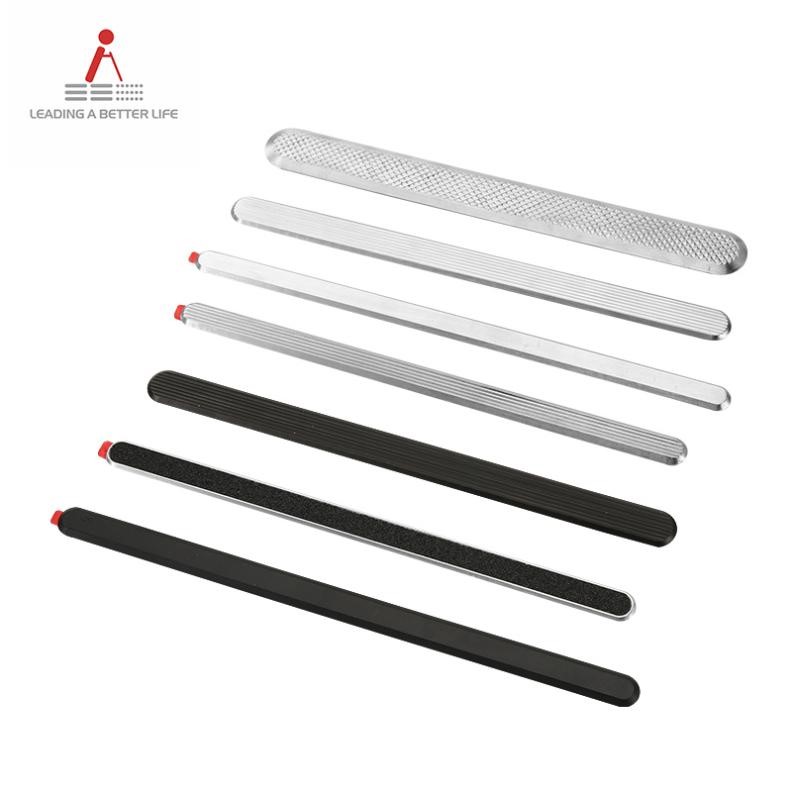
Stainless Steel Tactile Strips
Stainless steel tactile strips are engineered for high durability, corrosion resistance, and excellent slip performance. Commonly used in both indoor and outdoor public environments, they are ideal for sidewalks, transport hubs, and pedestrian areas.
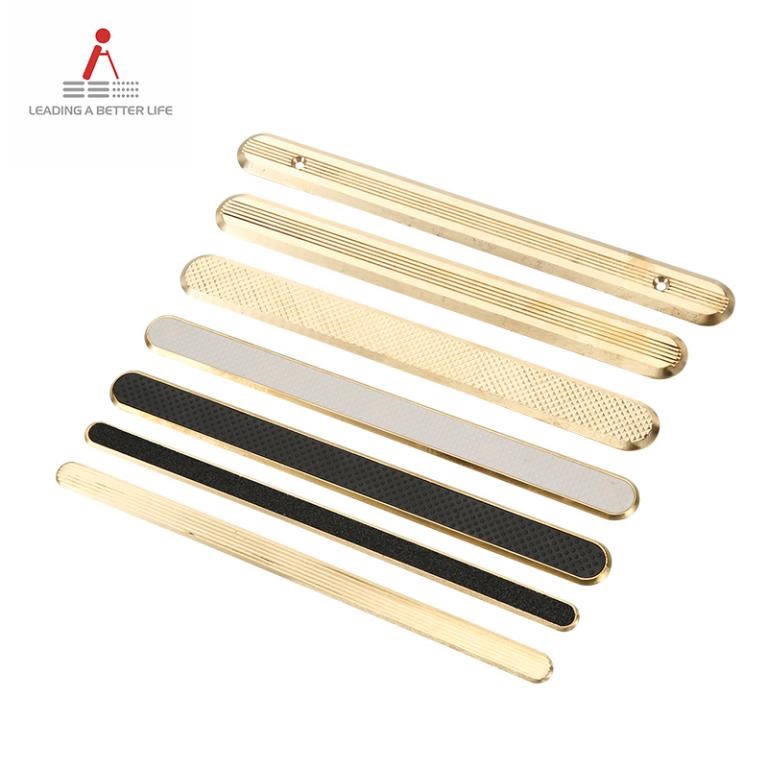
Brass Tactile Strips
Brass tactile strips offer a premium appearance with strong corrosion resistance and dimensional stability. They’re ideal for high-end indoor/outdoor settings such as airports, hotels, or subway stations.
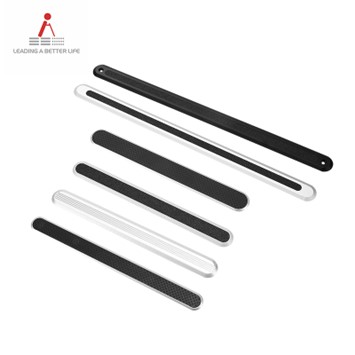
Aluminium Tactile Strips
Aluminium tactile strips provide a lightweight, corrosion-resistant, and cost-effective solution with good anti-slip performance when combined with carborundum inserts. Suitable for both indoor and outdoor use.
Application of Tactile Strip
Tactile paving strips are essential components in accessible urban design, offering tactile guidance and slip resistance for visually impaired individuals. They are widely used across various environments to ensure safe, independent navigation and meet international accessibility standards.

Urban Infrastructure
In modern cities, tactile strips are commonly installed on sidewalks, pedestrian crossings, city squares, and parks. These outdoor environments demand materials with strong weather resistance and durability. Tactile indicators help users detect changes in walking direction or potential hazards, such as intersections or curbs, improving mobility and safety in everyday public spaces.
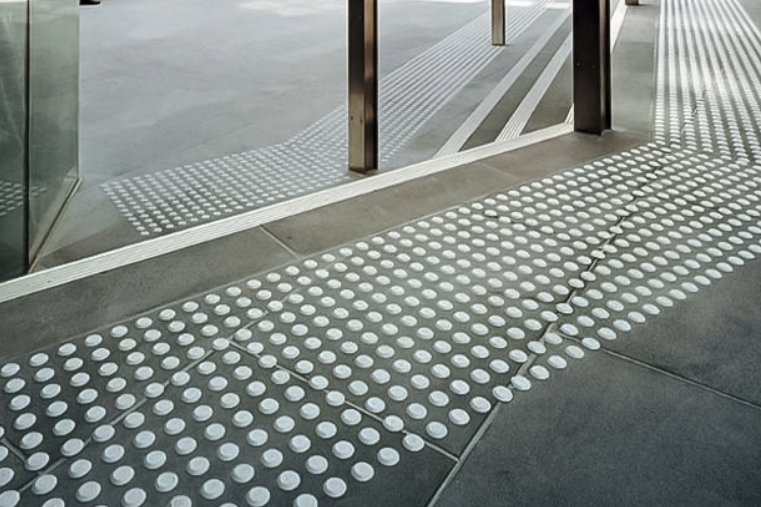
Transportation Facilities
Tactile strips are a key feature in transportation hubs such as railway and subway stations, bus terminals, and airports. Positioned along platform edges, boarding areas, and corridor paths, they provide clear tactile and visual cues to warn of platform drop-offs or guide directional flow. Their anti-slip surfaces and durable construction ensure safety in high-traffic, high-risk environments.
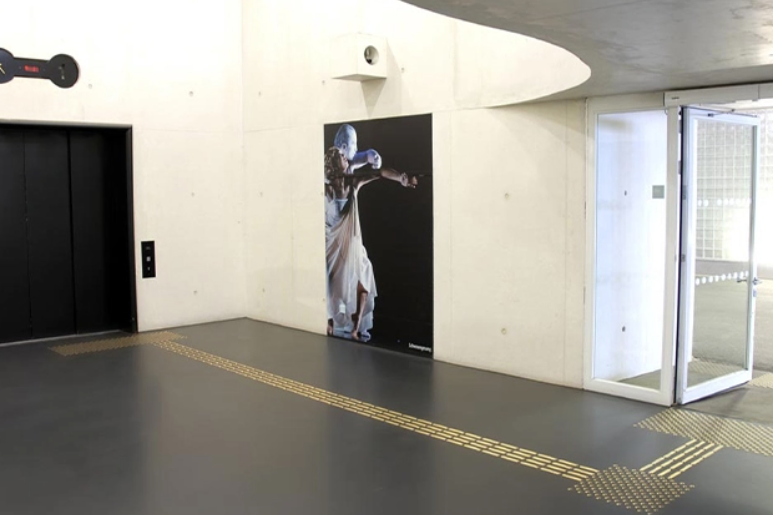
Public & Commercial Buildings
In hospitals, schools, shopping centers, hotels, and office buildings, tactile strips are used to support inclusive indoor navigation. They are typically installed at entrances, ramps, staircases, elevators, and corridors. Beyond functionality, materials like brass or anodized aluminum also offer an aesthetic touch, helping spaces meet both accessibility standards and architectural design requirements.
FAQs
Q: What are tactile paving strips used for?
Q: Where can tactile strips be installed?
Q: What materials are available?
Q: Are your tactile strips compliant with accessibility standards?
Q: Can I customize size or surface finish?
Related Blogs
-
![How To Install Tactile Paving Studs How To Install Tactile Paving Studs]() A Step-by-Step Guide to Installing Tactile Paving Studs for Improved AccessibilityTactile paving studs play a crucial role in enhancing accessibility for individuals with visual impairments. These raised bumps provide tactile feedback through touch, aiding navigation and safety in various environmen
A Step-by-Step Guide to Installing Tactile Paving Studs for Improved AccessibilityTactile paving studs play a crucial role in enhancing accessibility for individuals with visual impairments. These raised bumps provide tactile feedback through touch, aiding navigation and safety in various environmen -
![Safety First: Stainless Steel Tactile Paving Strip Safety First: Stainless Steel Tactile Paving Strip]() Stainless Steel Tactile Strip SeriesRY's stainless steel tactile paving strips are designed to provide guidance for visually impaired individuals while also serving as a slip-resistant surface. These strips are ideal for use in public spaces such as sidewalks, train stations, and pedestrian crossing
Stainless Steel Tactile Strip SeriesRY's stainless steel tactile paving strips are designed to provide guidance for visually impaired individuals while also serving as a slip-resistant surface. These strips are ideal for use in public spaces such as sidewalks, train stations, and pedestrian crossing
Keep in touch with us
TongXi Industrial Zone, YongKang City, ZheJiang Prov., China.
+86-579-8759-3231
+86-136-8982-9535








